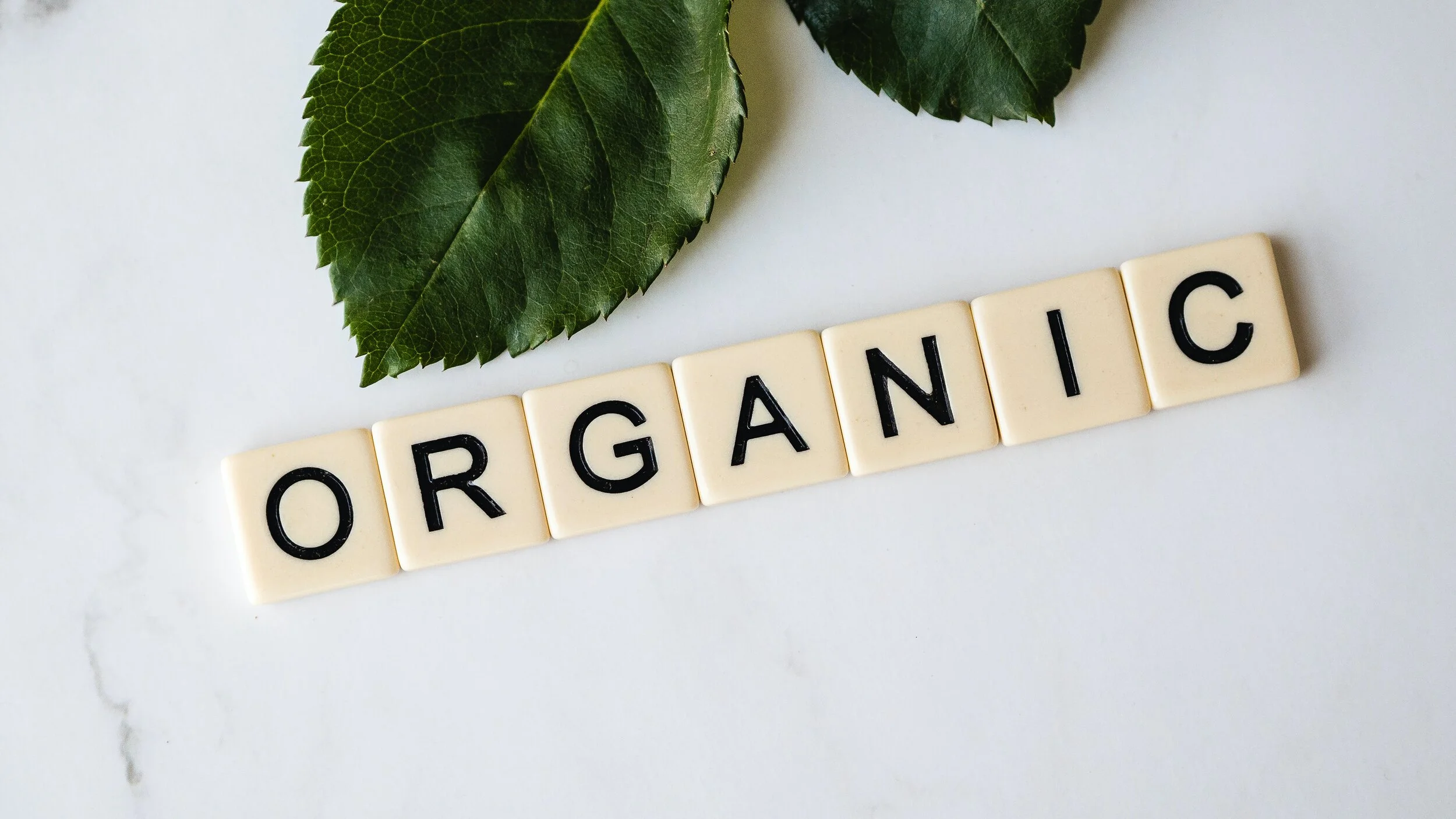I buy most of my produce from Kins Farm Market because I believe they represent the next best thing to buying produce straight from a local farmer. Plus their story is inspirational! Twenty-two years ago when the Leung family moved to Vancouver they opened an 8-foot produce stand on Granville Island and now they are running a produce empire with 26 stores. But lately I’ve been getting frustrated with Kins because their lack of local produce has become apparent. So, I took local to the next level last weekend by taking a drive to Emma-Lea Farms.
Read MoreAccording to the great Michael Pollan we should only eat foods that eventually rot. To elaborate – food processing began as a way to extend the shelf life of food by protecting it from fungi, bacteria, insects and rodents. The more processed a food is, the longer the shelf life, and the less nutritious it becomes. Real food is alive and will eventually die! So, how can you bring this new knowledge into the grocery store? Try shopping the peripheries of the supermarket.
Read MoreGrowing up, your mom, coach and doctor probably told you to eat a “well-balanced meal.” So, as an adult have you finally figured out what that meant? If not, hopefully this post will help.
Read MoreIn the 1800s, Sylvester Graham traveled up and down the East Coast, praising the virtues of fibre - leaving behind the legendary graham cracker! Unfortunately, in today’s market the graham cracker does not count as a source of fibre, but scientific evidence supports this early promotion of fibre as part of a healthy diet. If you’re like most Canadians, you’re probably not getting enough fibre each day. It’s estimated that most people need twice as much as they’re getting (25g each day).
Read More…the more you eat the more you toot. I really dislike this saying and I think for two good reasons – one, are beans actually a fruit? And two I hate the word toot! Well, according to my sources legumes ARE in fact the dried fruit or seed of a leguminous plant in the leguminosae family and include: peas, beans, alfalfa, soybeans, and lentils. However, in the fresh form, they are used as vegetables. What do ya know – I learned something too!
Read MoreWhat does a deck of cards, a golf ball and a tennis ball all have in common? Well, besides the ability to play with each of them they’re all accurate portion sizes! In this day and age we eat too much but who’s to blame? Is it us and our inability to stop when we are full or is it the food industry, who continues to serve us these huge portions? My goal for this week is to give you the tools you need to eat the right portions when you come face-to-face with a dinner plate.
Read MoreLast week we concluded our organic talk by diving deeper into sustainability using fish as our example. At that time I promised you we were done with organic but I lied – sorry! I need to clarify one more thing - my Dole comment. Over this past week some readers have voiced their confusion over my comment since I did not explain myself very well, so here is my explanation:
Read MoreA lot of consumers think organic food is healthier for us because it doesn’t contain pesticides, it has more vitamins and minerals, and it promotes the development of a community. Unfortunately, consumers are misinformed because organic food CAN contain pesticides, it does NOT contain more vitamins and minerals, and in some circumstances it can actually be worse for the environment - all the wrong ingredients for developing a community. So, if organic is not the answer then what is? Sustainability!
Read MoreI know you’re out there…all you pill poppers who love to take endless amounts of vitamins and minerals…but the question is are they all necessary? A couple of weeks ago we talked about omega 3 supplementation and I promised you a post on multivitamins, so here it is. Plus this also gives me the chance to tackle a reader’s question on protein powder.
Read More








